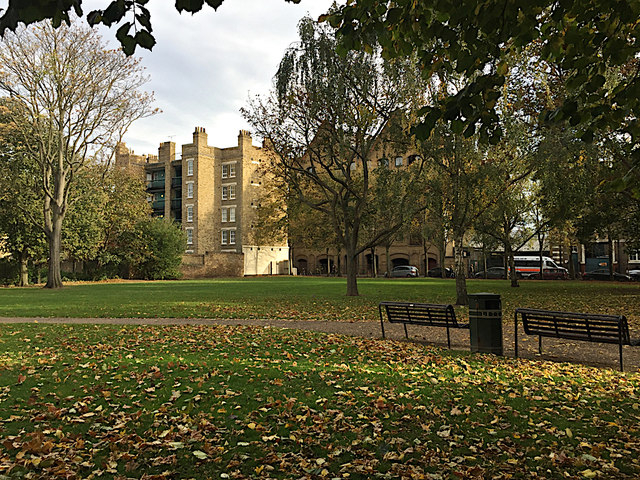The next UK census will be held in March 2021 continueing a process which has taken place almost every ten years in a constantly changing format since 1841.
Every census year the amount of information being collected has increased and this yar will be no exception. As usual there will be many who disagree with this process of compelling citizens to disclolse what many regard as being private information.
Only being released after a period of a cedntury, the censuses are a continuos source of discovery for genealogists and family historians, like myself, providing information about birthplaces, accomodation, size of families etc.
Alphons Eder was a musician and had joined the ship in 1857 as a civilian bandsman, the other bandsmen on board were all members of the Royal Marine Light Infantry. On the voyage home in 1861 from Vancouver Island the rear admiral, Sir Robert Baynes was accompanied by his wife and 6 year old daughter with two female servants. They were the only females on board so one assumes that there would have been little need for the small band to play dance music.
When Ganges finally arrived back in home waters in April 1861 she had logged up 60,100 nautical miles since leaving in 1857. Our Great Grandfather married in London the following year and as far as we know never travelled again.










